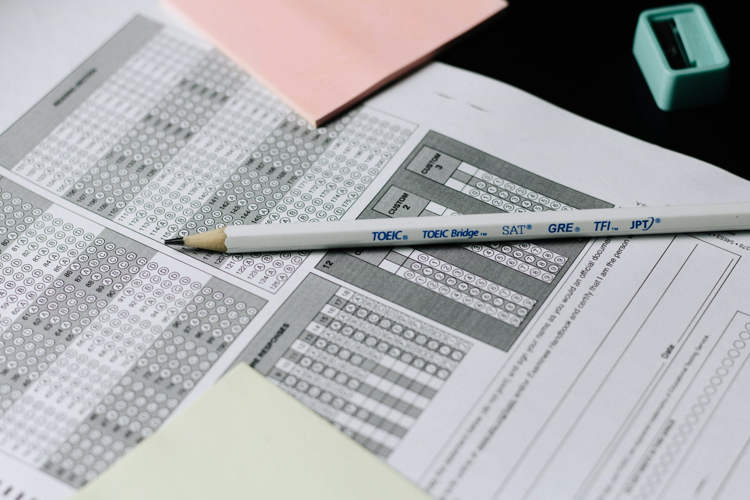Tired of waking up very late and missing his university lectures, Indian student Sankalp Sinha decided to do something about his problem – he invented a special alarm clock that “rewards” the owner with an electric shock if he tries to press the snooze button.
19-year-old Sankalp Sinha came up with the idea for his shocking alarm clock a couple of years ago, when he was having trouble getting up in the morning to attend university classes. He had developed a habit of hitting the snooze button and going back to sleep, so he started thinking about a solution that would force him out of bed. A student of automobile engineering at Sharda University in Uttar Pradesh, India, Sinha came up with an idea for an alarm clock that administers a small electric shock via the very popular snooze button. “The shock it administers is harmless but is enough to energize you”, the young inventor says, adding that users will be able to adjust how strong the electric shock they get is. He added that the power of his Good Morning Sing N Shock clock will be a fraction of the 50,000 volts delivered by the standard Taser gun. Pretty weak, but you want the thing to wake you up, not put you to sleep, right?

The electric current is administered when the sleepy user presses the aluminum-coated snooze button, and Sankalp assures us not even the deepest sleeper will be able to ignore his creation. ‘I think it will help a lot of people who have the same problem as I do,’ says the inventor, who is currently in negotiations with several manufacturers about getting his Good Morning Sing N Shock alarm clock into mass production. If it ever hits retailer shelves, it will probably sell for about $100.

I like Sankalp Sinha’s idea of a shocking wake up call, but if I had to choose, I’d go for the annoying Ramos, an alarm clock that doesn’t have a snooze button and can only be turned off by punching in an elaborate code that requires enough brain power to ensure you stay up.
Source: Sankalp Sinha






